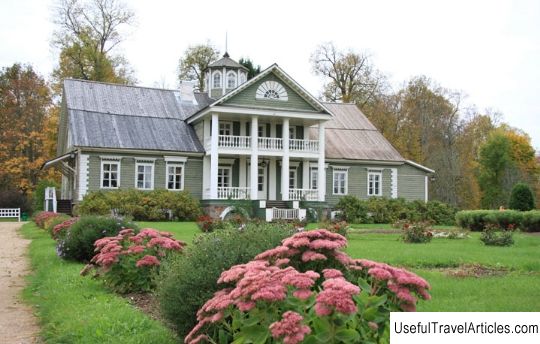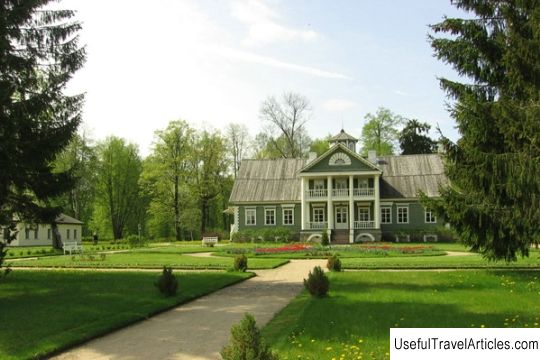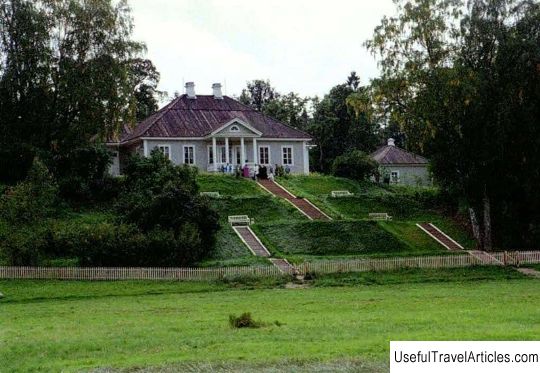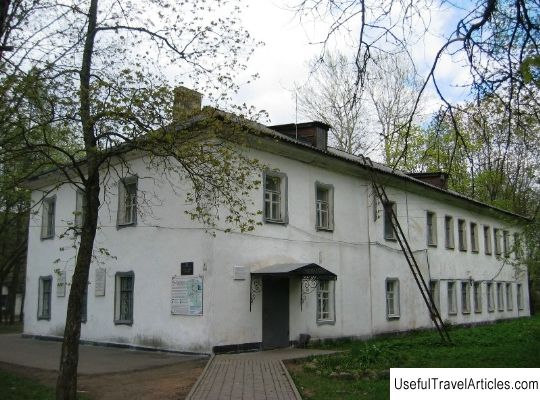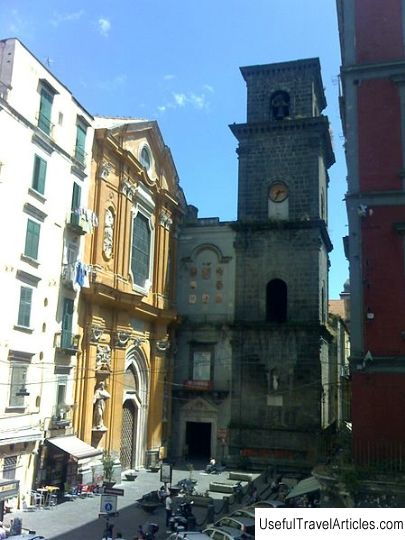House-Museum of A. P. Hannibal description and photo - Russia - North-West: Pushkinskie Gory
Rating: 8,1/10 (6543 votes) 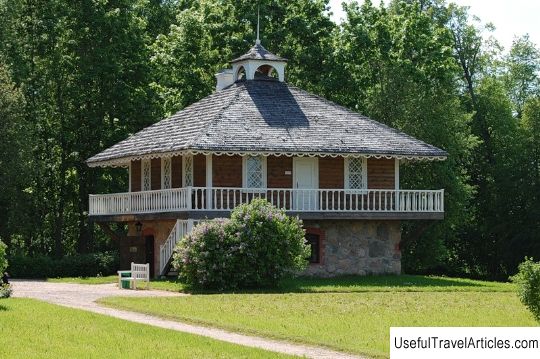
House-Museum of A.P. Hannibal description and photo - Russia - North-West: Pushkinskie Gory. Detailed information about the attraction. Description, photos and a map showing the nearest significant objects. Photo and descriptionHouse-museum of A.P. Hannibal, the great-grandfather of Alexander Sergeevich Pushkin, is in the State Museum-Estate under the name "Petrovskoye". In addition to being related to Pushkin, Abram Petrovich Hannibal is known for being a Russian statesman and military leader. It is known that with the accession to the throne of Elizabeth, the career of Abram Petrovich began to develop rapidly, which is why Elizaveta Petrovna granted Hannibal palace lands related to the Voronets ride. In 1745, Hannibal became in charge of the affairs of the demarcation of lands with Sweden. In 1752 he was transferred to the Corps of Engineers, where he became the manager of the Russian Engineering Department. In 1760, Hannibal was awarded the Order of Alexander Nevsky. He retired in 1762 and died in 1781. To date, the memorial house-museum of Abram Petrovich has been recreated on the former old foundation after global repair and restoration work. In the museum you can listen to a detailed story about the famous statesman, as well as get an idea of the life of the main patrimony of this family, which originates in the Pskov land. The outbuilding located not far from the house has a typologically arranged setting, due to the fact that that the furniture from the Petrovskoye estate, as well as the personal belongings of Abram Petrovich, have practically not survived. The museum displays typical furnishings and furnishings typical of the 18th century. Here you can also find prints, portraits, as well as objects and things of applied art that were so popular at that time. The guides begin their story with a small reception hall, which served as a service room, in which the owners of the house received the clerk, and also discussed matters related to the management of villages and the arrangement of the estate. In the reception room you can see a portrait of the famous Count B.Kh. Minich, a map of the Pskov province dating from the 18th century, a large stowage chest intended for travel and so popular in the 18th century, a solid table made by Russian craftsmen in the Dutch style dating back to the early 18th century. century, a small marching inkwell from the beginning of the 18th century, a miniature chest made in the form of a terem with a double lid, dating from the first half of the 18th century, as well as abacus. After the reception room is the room of Christina Matveevna and Abram Petrovich Hannibalov, which consists of two parts, represented by a bedroom and an office. The bedroom has canopy-separated beds, made according to the fashion of the time. In the office, you can see a memorial thing belonging to the Hannibal family - an icon called "Savior Not Made by Hands", which dates back to the 17th - early 18th centuries. Also in the office there is a portrait of Peter the Great, a portrait of Elizabeth Petrovna, represented by an engraving by E. Chemisova. In addition, you can consider in detail the view of the environs of the city of Tobolsk, made in the engraving of Ovrey, the state patent of Elizaveta Petrovna for the rank of A.P. Hannibal. Major General, dating back to 1742, a glass cup with the monogram of Elizaveta Petrovna, as well as a Bible translated into German performed by Luther. Then comes the children's room, which tells about parenting, as well as teaching children in the Hannibal family. In the room you can see a chest dating back to the 16th - early 17th centuries and made by craftsmen of the European West, children's wooden toys made by the hands of peasants, a small model of a sailing ship from the 18th century, and a pair of 18th century mortar guns. The kitchen is on the very first floor of the house. It is assumed that it was decorated in accordance with European fashion, equipped with a hipped-roof oven, so characteristic of the houses of noble nobles. It was in the kitchen that the entire Hannibal family dined. They also received guests in the kitchen, treating them to dinner. The cookery is of particular interest as a kind of museum of everyday life of the 18th century: an oak dining table, a sideboard made of walnut wood, various dishes, as well as many other exhibits - all transfer to the atmosphere of the 18th century.       We also recommend reading Fort Charlotte description and photos - Bahamas: Nassau Topic: House-Museum of A. P. Hannibal description and photo - Russia - North-West: Pushkinskie Gory. |
